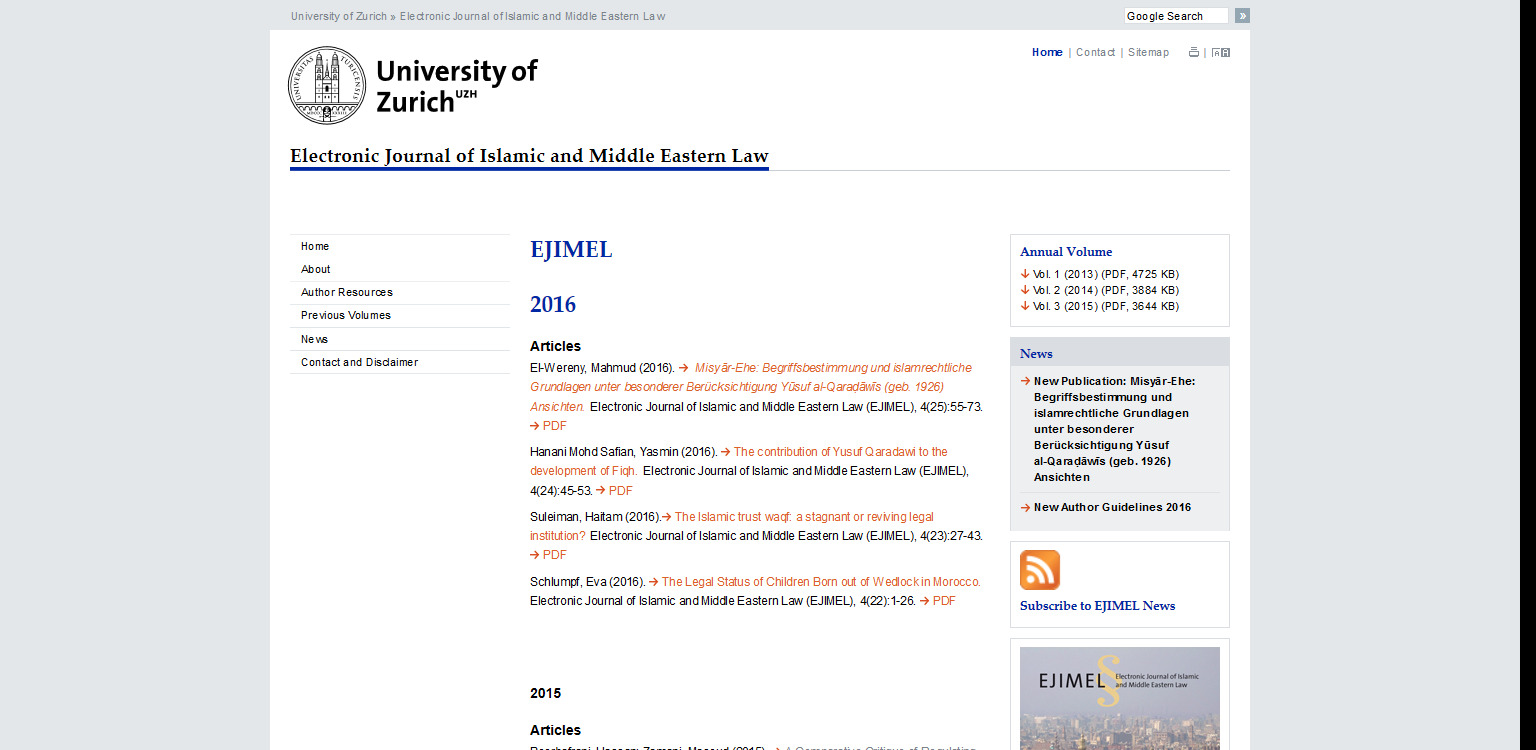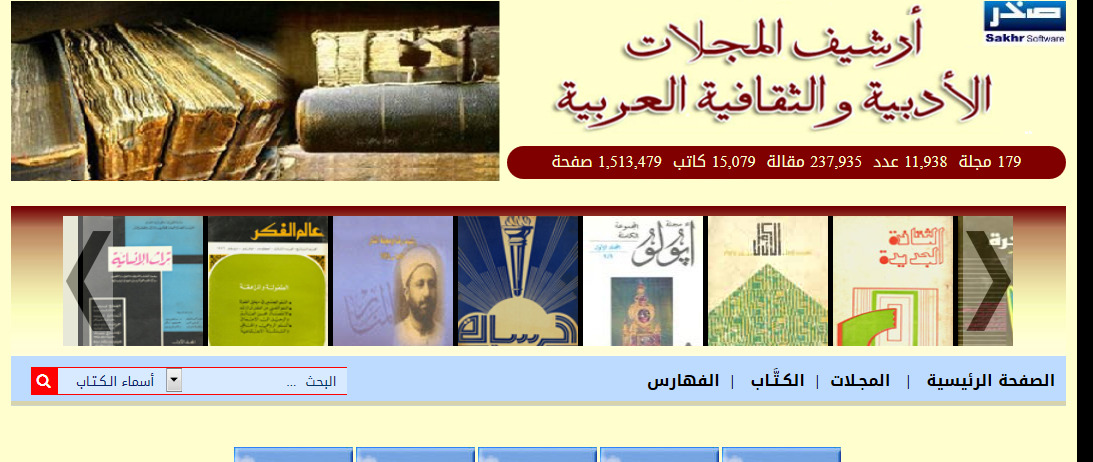 The International Institute of Advanced Islamic Studies (IAIS) in Malaysia has now made all issues of its e-journal Islam and Civilisational Renewal available in open access.
The International Institute of Advanced Islamic Studies (IAIS) in Malaysia has now made all issues of its e-journal Islam and Civilisational Renewal available in open access.
“Islam and Civilisational Renewal (ICR) is an international peer-reviewed journal published quarterly by IAIS Malaysia publishing articles, book reviews and viewpoints on civilisational renewal and aims to promote advanced research on the contribution of Muslims to science and culture. The journal seeks to propagate critical research and original scholarship on theoretical, empirical, and comparative studies, with a focus on policy research. It plans to advance a refreshing discourse for beneficial change, in the true spirit of the Islamic principles of tajdid (renewal) and islah (improvement and reform) through exploring the best contributions of all school and currents of opinion. Islam and Civilisational Renewal (ICR) centers around a number of selected areas: Islamic jurisprudence, Islamic finance and banking, Islamic family law, politic, philosophy, Halal standards, inter-faith harmonisation, science & technology and social aspects of Islam in modern Muslim societies.”*
Islam and Civilisational Renewal (ICR) Journal can be accessed at www.icrjournal.org.
For more information about the journal, or the International Institute of Advanced Islamic Studies (IAIS) you may contact Razi Ahmad at razi@iais.org.my.






